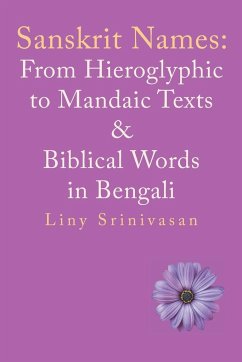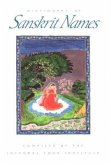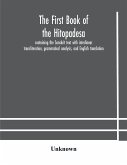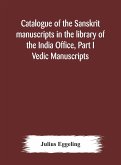This book begins with Sanskrit names in the Pyramid and Coffin Texts. The discovery of the Rigvedic terms in hieroglyphic writings for words set aside as obscure by Egyptologists brings revolutionary changes in our knowledge of ancient history. The known meanings of those obscure terms give many new nuances to the so-called Egyptian mythology. The matching of Egyptian and Sanskrit names and terms help with better understanding of both the Egyptian funeral texts and the ancient Indian literature related to that. This is true even though the funeral texts compiled by Egyptologists have no chronological order or historical sequence. Egyptologists had to compile and complete various sections, copying from the legible parts of various undamaged texts, probably composed at different times. This problem could be solved with the help of Indian texts. The book shows numerous biblical phrases with their intact senses that have been preserved as Bengali words. Excluding the phrase words, Bengali possesses an immense number of particles and verbal roots from various non-Indo-Aryan languages. A clever device of auxiliary verbs borrowed from Sanskrit help the language preserve its millennium-old verbal roots, intact and uninflected by suffixes, while the auxiliaries are inflected. The book shines light on close prehistoric contacts of Canaanites, Mandaeans, and Konkanis in ancient Nubia. The single most important feature of ancient Indian names for divinities, dignitaries, and kings is that they are composed of place-names. The matching of those ancient places with names in Egyptian, Indian, and other Near Eastern texts provides undeniable authenticity to the mythical records of prehistoric events.
Hinweis: Dieser Artikel kann nur an eine deutsche Lieferadresse ausgeliefert werden.
Hinweis: Dieser Artikel kann nur an eine deutsche Lieferadresse ausgeliefert werden.








